Your cart is currently empty!
Category: Cultivation Tips

Effective water management is crucial for successful cannabis cultivation. Understanding the specific water needs of cannabis at different growth stages—seedlings, vegetative, and flowering—is vital. Implementing efficient irrigation systems, like drip irrigation or sub-soil irrigation, can enhance water distribution while minimizing waste. Key practices include monitoring soil moisture, ensuring pH balance, and using clean water. Common…
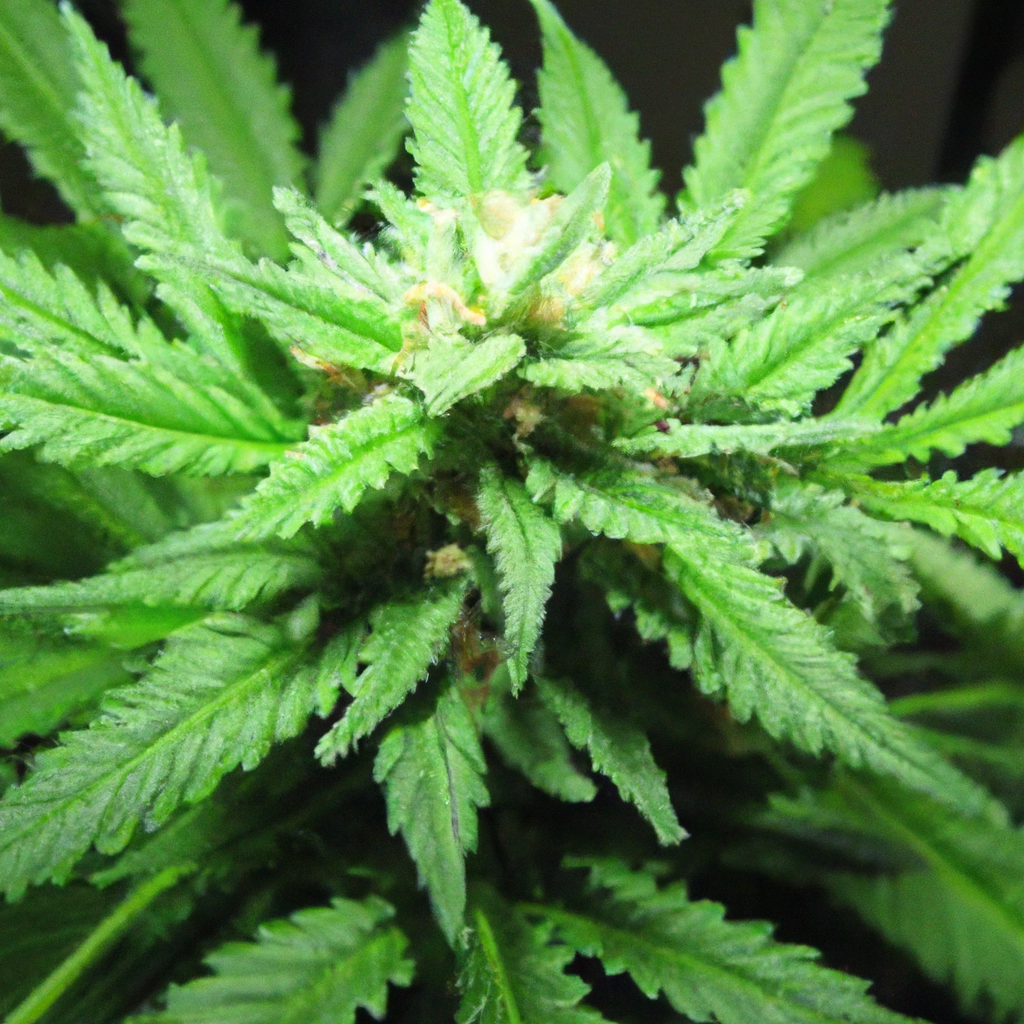
Growing cannabis is both an art and science, requiring a delicate balance of environmental factors to ensure seedlings thrive. This article delves into essential techniques for mastering the seedling environment, focusing on optimal humidity, temperature, lighting, and airflow. Key practices include maintaining 65-70% humidity, stable temperatures of 70-75°F, providing 16-18 hours of light with LED…
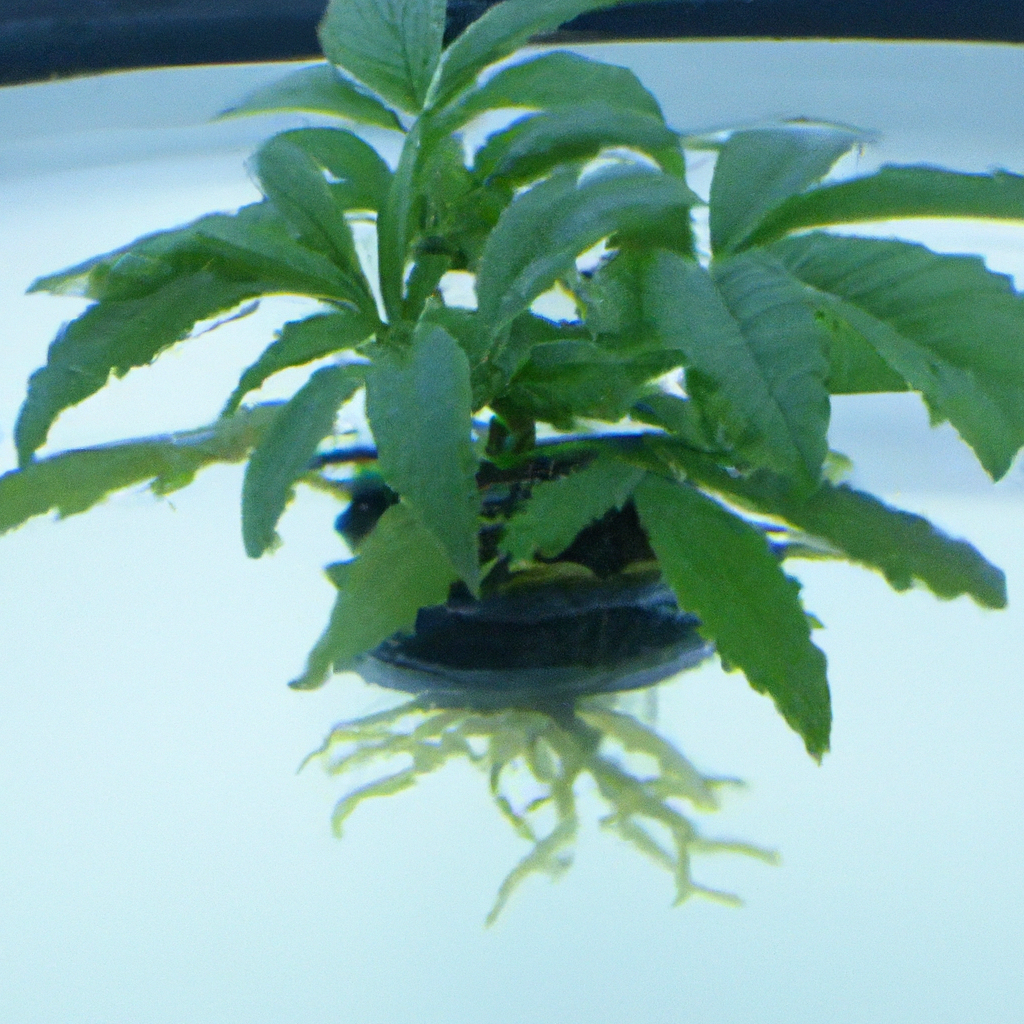
Aeroponics is revolutionizing cannabis cultivation by offering faster growth and higher yields through efficient nutrient delivery and unparalleled oxygen access for plant roots. This advanced technique involves suspending roots in air and misting them with nutrient-rich solutions. Key steps for success include selecting the right system, ensuring proper mist nozzle installation, maintaining balanced nutrient solutions,…

Cultivating cannabis requires precise techniques for managing the plant’s canopy, which is crucial for optimizing yield and plant health. This involves understanding the dynamics of the plant’s ‘roof’, where light absorption fuels photosynthesis. Key strategies include regular pruning, using top and FIM techniques for bushier growth, employing trellis systems, and adjusting light placement strategically. Proper…
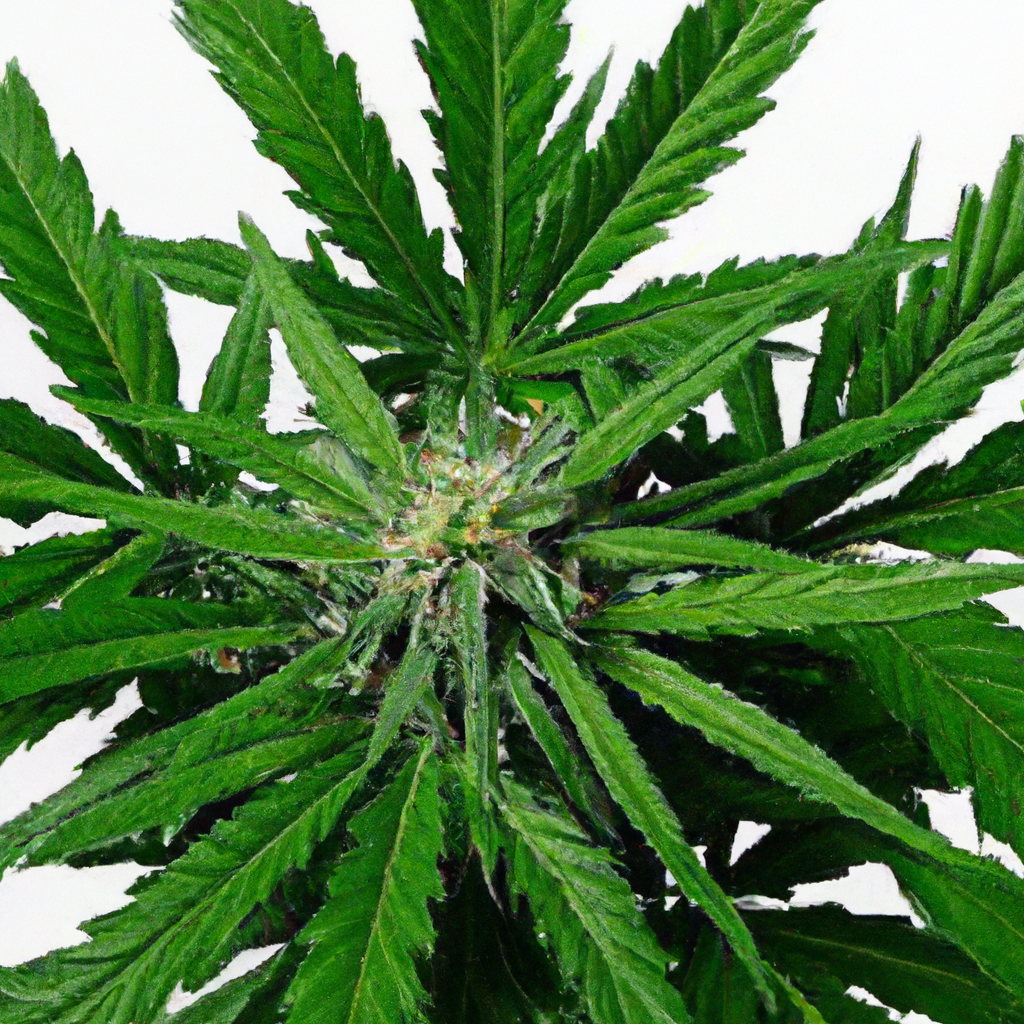
Achieving optimum growth in cannabis cultivation hinges on precise nutrient timing. Each growth stage—seedling, vegetative, and flowering—demands specific nutrients to ensure plant health and maximize yield. Seedlings need phosphorus for root development, the vegetative stage requires more nitrogen for leaf growth, and the flowering stage benefits from additional phosphorus and potassium. Implementing a detailed nutrient…

Autoflowering cannabis is favored by growers for its ability to flower automatically without relying on light cycles, making it ideal for both beginners and experienced cultivators. Key tips for successful cultivation include understanding its unique genetics derived from Cannabis ruderalis, such as a short life cycle, compact size, and resilience. For optimal growth, use light,…
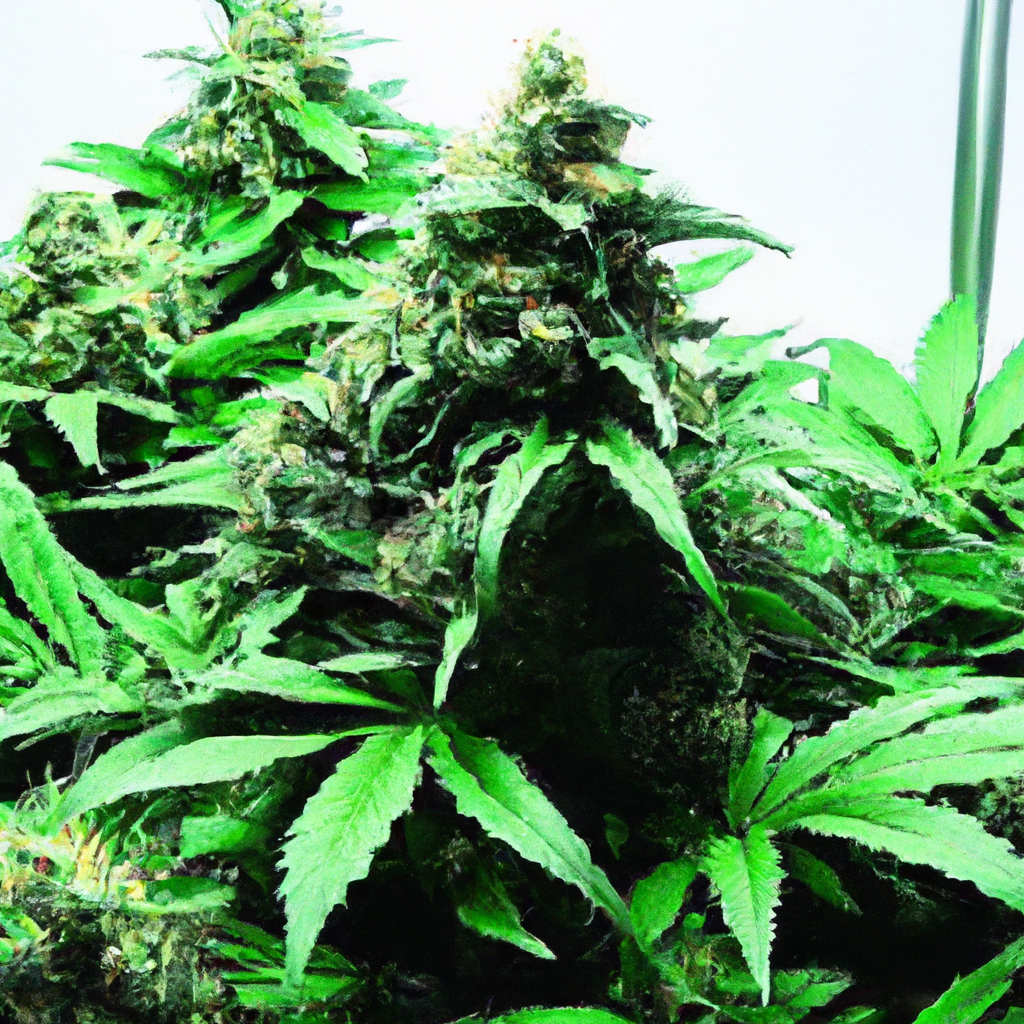
In cannabis cultivation, CO2 enrichment is often overlooked but can significantly boost plant growth and potency. By increasing CO2 levels, growers can enhance photosynthesis, leading to faster growth and higher yields. Common methods include using compressed CO2 tanks, CO2 generators, and natural approaches like yeast fermentation. However, maintaining safe CO2 levels is vital, as excessive…
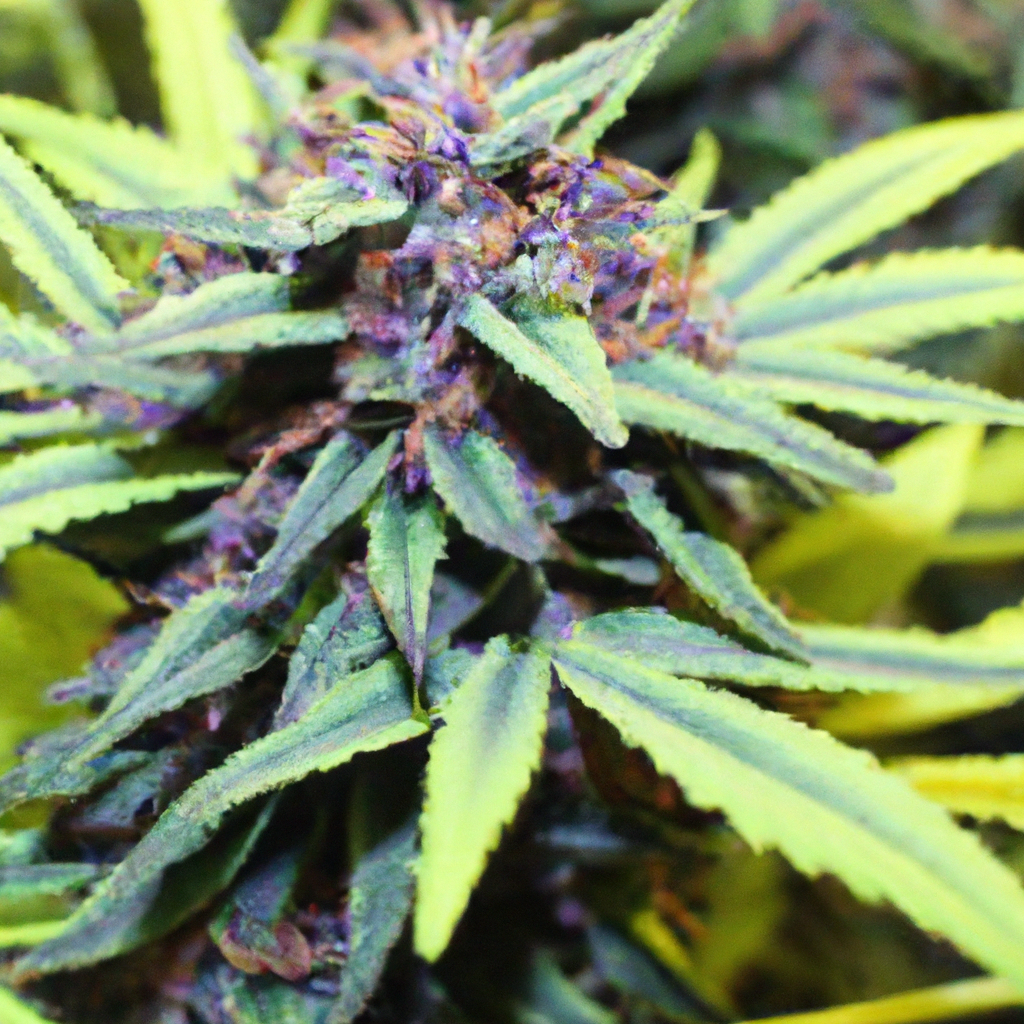
Unlock vibrant fall colors in your cannabis garden by understanding pigmentation science and key cultivation techniques. Encourage stunning hues through careful strain selection, temperature fluctuations, and pH adjustments. Learn how cooler nights and nutrient optimization can enhance anthocyanin production, leading to beautiful purple, red, or blue shades. Successful growers, like Brian in Colorado and Amanda…
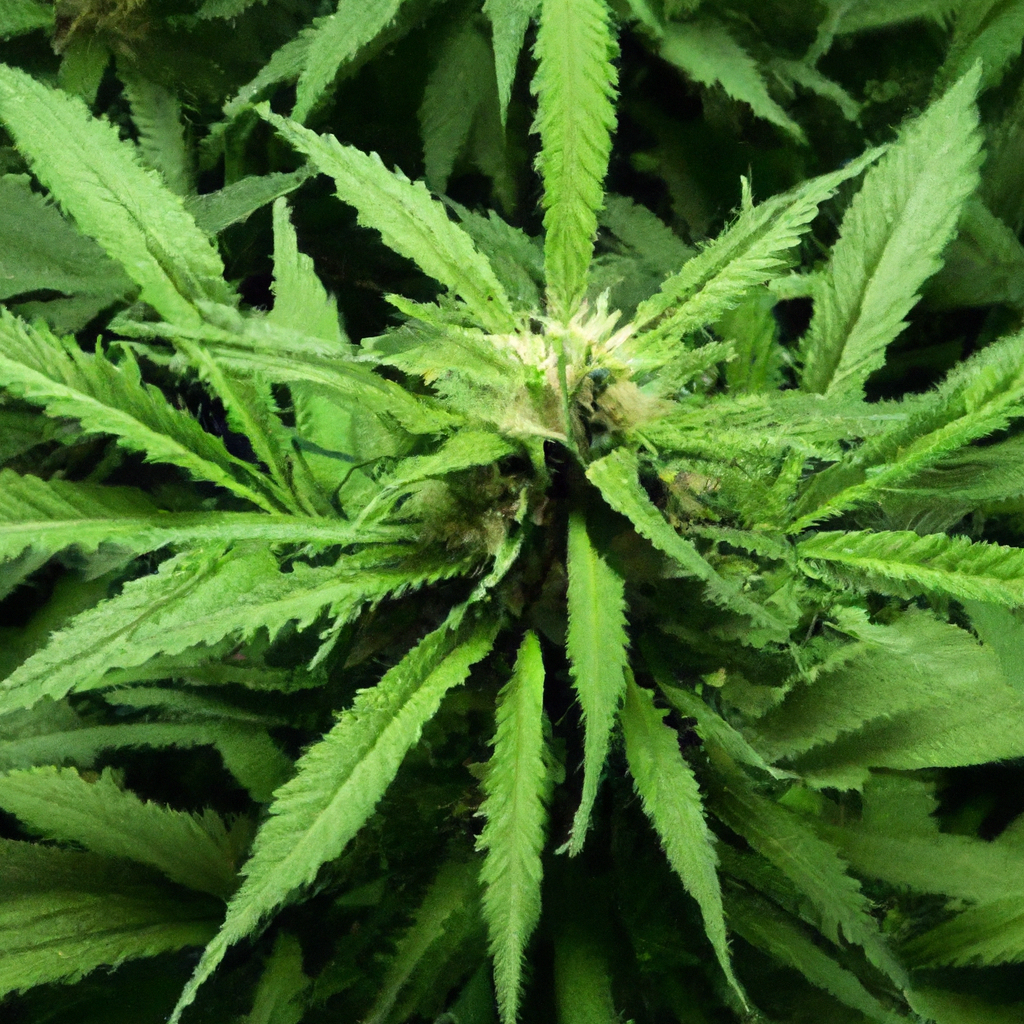
Growing cannabis successfully requires balancing art and science, with a significant focus on pest management. Early identification of pests such as spider mites, aphids, and whiteflies is crucial to prevent crop damage. Regular plant inspections, monitoring plant health, and using sticky traps are essential practices for early pest detection. Effective solutions include natural methods like…

Discover the future of cannabis cultivation with vertical farming, a transformative approach that maximizes space efficiency, reduces environmental impact, and enhances harvest quality. Ideal for urban areas, this method allows for year-round growth by using stacked layers and systems like hydroponics or aeroponics. Key benefits include precise environmental control, resource conservation, and improved pest management.…
